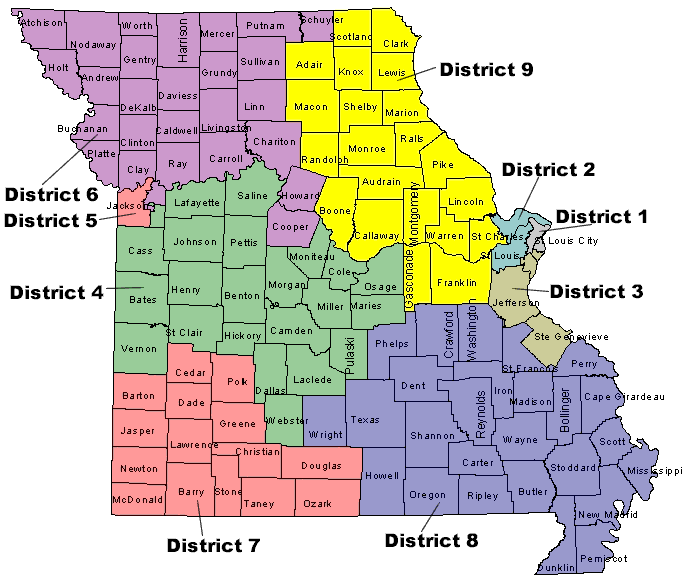Delivering What Users Want: the Evolution of Census Bureau Small Area Data
Abstract
Increasing demand for small area data has driven the expansion of the decennial census since the late nineteenth century. Responding to public health officials’ need for data on relatively homogeneous units, the Census Bureau began tabulating data on subdivisions of a few cities in the 1890s. When social workers and business organizations joined public health officers in asking the Census Bureau for such data, the agency agreed to publish data based on their delineation of census tracts. To meet growing demand from marketers and government planners, the Census Bureau added data on census blocks in 1940 and later on other geographic entities aggregated from blocks. Since the 1970s, the need for small area data for legislative redistricting pushed the agency to extend nationwide the areas for which it provided small area data. The most recent evolution has arisen out of calls for more timely data. The American Community Survey in 2010 replaced the decennial long-form and began delivering small area data more than once a decade.





